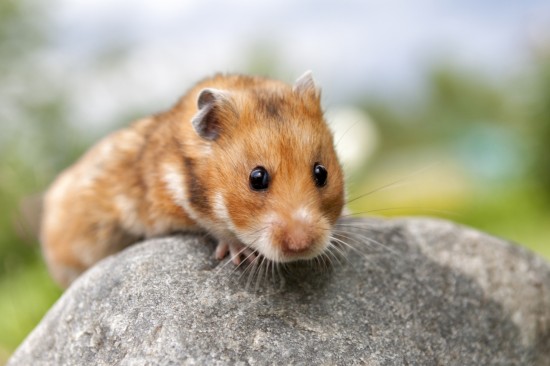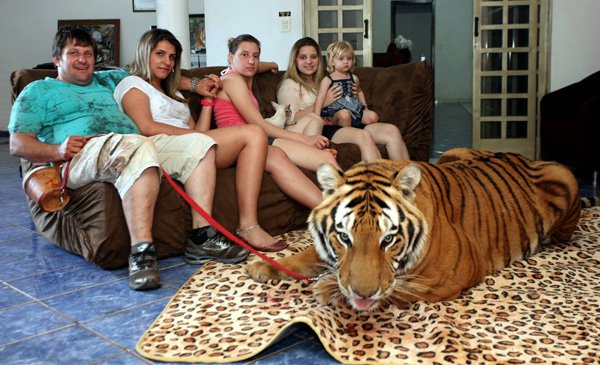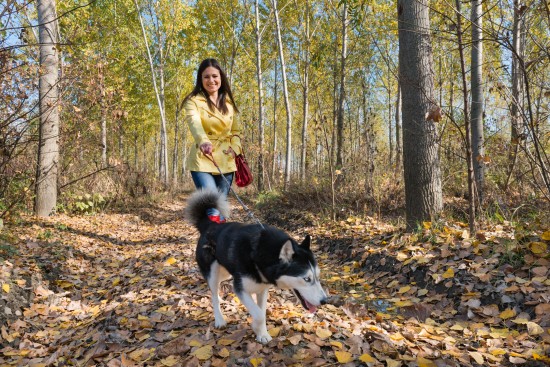For the last 10 years a generous part of my time has been associated with domestic elk, the furry, four-legged kind we raise on the farm not the two legged ones that hang out with their friends at the lodge on Main Street in town. While most men dream of associating with elk, especially that elusive world class bull, I would say that it's not something that most women would find very appealing. However, my husband and I decided to get involved in raising domestic elk along with our friends who live five minutes away and own the elk ranch where we board our animals. It's been quite a ride. I've learned a lot about elk, some things funny, some tragic and heartbreaking, and some just downright amazing. One thing is for sure, it's never dull.
For the most part elk are pretty easy to get along with as long as you don't corner them, you stay a safe distance from the bulls during the breeding season and as long as you never, never try to come between a cow and her calf unless you either are extremely quick at getting to and climbing an 8-foot fence, or armed with something to defend yourself when she comes after you, and she will! Cow elk are extremely good at hiding their offspring in the trees and tall grass, in fact there have been many times that we have searched and searched for babies in pens that we thought were sparsely vegetated and where they would be easy to find. Right. Lesson number one, never underestimate the protective instincts of a new mother. When you do eventually locate the little one, mama is also extremely good at defending him. She will come at you with both front feet striking at lightening speed making you think twice about trying to tag, weigh, vaccinate or ever touch her calf again.
There are several dogs that live on the farm. The old heeler cross learned years ago that if she ever thought about crossing the elk fence for any reason, it was a VERY BAD IDEA! She found herself on the wrong side of that 8-foot fence one day and barely escaped with her life by beating the cows (female elk) to the fence and climbing up and over as fast as her legs could carry her. She never did that again. The Border collie has been discouraged from the day she arrived on the farm not to go near the fence and she is smart enough to heed the warnings. But the new pup, a miniature Australian shepherd named Ace, was a different story. Ace being just a pup was very curious and loved to race up and down the fence "playing" with one of the bottle raised elk heifers who would run with him on her side of the fence. It was really entertaining to watch them and Ace thought this was great fun.
This Spring this heifer, along with the two other bottle raised cows, gave birth to a bouncing baby calf. She doted on her baby and for the first several days would not even bring him out of hiding. Early one morning, just about sunrise, the dogs had been let out as was the usual routine. They had only been outside a short time when their owners heard a terrible ruckus coming from the elk pen across the driveway. It seems Ace must have been chasing a rabbit or prairie dog and somehow gotten under the fence and in with the elk cows and their babies. Not a good scenario. Two of the cows spotted him and ran him down striking him with those deadly front feet with every intention of killing him. In the mean time his owner hearing all this from the house and realizing what was happening came running out yelling and trying to climb the fence to somehow chase the cows back and rescue the pup. His efforts startled the cows and gave Ace the chance to get to his feet and tear off down the fence trying desperately to find the hole in the fence where he had gotten in. He found the hole narrowly escaping being stomped to death by the cows who were once again in hot pursuit. Ace had escaped with his life but was badly beaten. His left hind leg had been severely damaged and would require surgery to pin together the left distal femoral bone which was fractured. Ace was very lucky not to have sustained any other internal injuries though and his prognosis was good. His owners were sent home with specific instructions for his recovery process and drugs (Rimadyl) for the pain.
This is where the amazing things I have learned about elk come in to play. Each year there would inevitably be one or more elk calves that would end up with broken legs, be it from stepping in a prairie dog hole or being stepped on by a cow, etc. Through experience in trying different methods to help them, and I might add without much success, we have discovered that if just left alone the legs would heal on their own. Lesson number two, elk have the incredible ability to heal their own broken bones, torn ligaments and damaged cartilage, etc. I would not have believed this had I not seen it time and time again with my own eyes. And not only do they heal but they heal so well that months later you would not even be able to tell which calves in the herd had broken their legs. The fact is that elk are the only animals whose bodies produce calcium. Not only that but their chemical makeup is so incredible that the bulls are able to produce huge antlers every year in a matter of just a few months. The antler is made up of 40 key compounds including glucosamine and chondroitin sulfate, IGF-1, collagen, amino acids, Omega fatty acids, and much more. Research has shown that these compounds make an excellent supplement for joint problems, arthritis, performance enhancement, and overall general health maintenance. And when the antlers are in the soft or "velvet" stage is when they have the most nutrients. Eastern cultures have used velvet antler for centuries as a staple in their daily diets for all sorts of ailments and for overall energy and well being.
Ace, as well as all the other dogs on the ranch, has been taking freeze-dried elk velvet antler since he was little. His owners did not like giving him the Rimadyl since NSAIDs (non steriodal anti-inflammatory drugs) can cause serious side effects, even death in some cases. So Ace's daily dose of velvet antler was increased instead. He never really showed any signs of being in pain and his recovery has been incredible, just two months after his surgery he is chasing balls again with the Border collie and his x-rays show that the joint is nearly completely healed. And he now stays a respectable distance from the elk fence. Ace's story is just one of many where we have seen great results using elk velvet antler. Elk truly are amazing animals, if you don't believe me just ask Ace.
For more information about elk velvet antler as an all natural joint, arthritis, and overall health supplement for dogs go to http://www.bonusvelvetantler.com

 Syrian Hamsters
Syrian Hamsters
Syrian Hamsters
Syrian Hamsters
 What Happens If Your Pet Is Referred To A Specialist Or Referral Centre?
What Happens If Y
What Happens If Your Pet Is Referred To A Specialist Or Referral Centre?
What Happens If Y
 Save Your Time With Dog Wash Machine
Save Your Time With Dog Wash Machine
Many peop
Save Your Time With Dog Wash Machine
Save Your Time With Dog Wash Machine
Many peop
 Leave It! Five Simple Steps To Training Your Dog Away From Your Possessions
Leave It! Five Si
Leave It! Five Simple Steps To Training Your Dog Away From Your Possessions
Leave It! Five Si
 Staying Safe When Walking Your Dog
Staying Safe When
Staying Safe When Walking Your Dog
Staying Safe When